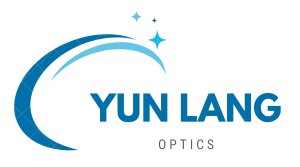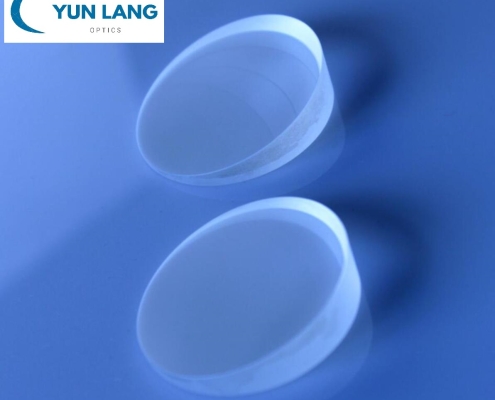
Optical Glass Wedge Prism
Laser Line Generator Lenses, also known as Powell lenses, generate a straight, uniform laser line by fanning out a collimated beam in one dimension, as shown in the diagram above. The apex of each lens features an aspheric curve that evenly distributes the optical power, resulting in an intensity variation of less than 20% over the center portion of the line. You will get more even energy distribution along the laser line than using the rod lenses and lenses.
Powell lens are available with output fan angles of 5°- -110°. They are designed for use at 405-900 nm with 2 an input beam diameter of 0.8 -5.0mm (1/e ). Rectangular input beam can be customized for powell lens.
The Powell Lens can be widely used in alignment, machine vision systems, construction and process control fields.
We are the main important suppliers of powell lenses in China. cooperation with us , you will get high quality products with reasonable price and products performance at the same time .
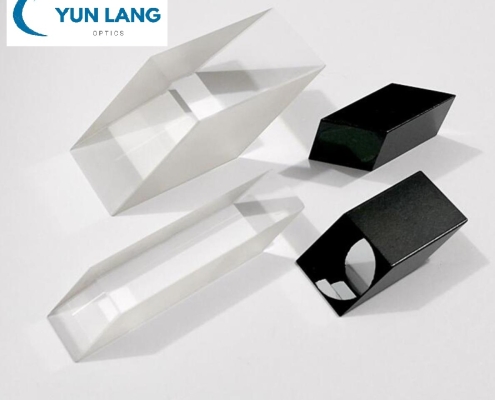
Optical Half-Penta Prisms
Half-Penta prisms are used to deviate the line of sight by 45° without inverting or reverting the image. The reflecting surface is aluminized and over-coated with Inconel and black paint to increase efficiency.
The Pechan prism pair will invert or revert the image while not deviating the line of sight. It can be used with converging or diverging light for system size reduction.
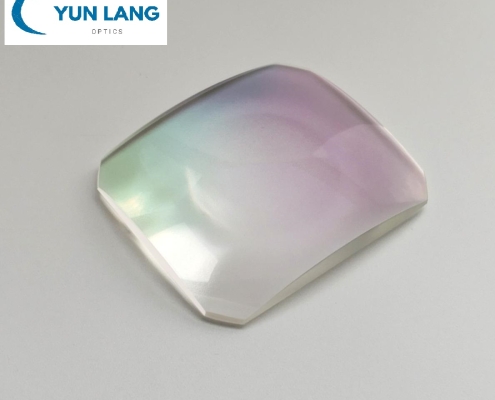
Meniscus Lens
Optical Lenses are optical components designed to focus or diverge light. Optical Lenses, which may consist of a single or multiple elements, are used in a wide variety of applications from microscopy to laser processing.
Yunlang can supply Plano Convex Lens, Double Convex Lens , Plano Concave Lens, Double Concave Lens, Meniscus Lens, Achromatic Lens and aspheric Lens.
Optical glass lenses have a wide variety of applications. Germanium (Ge), Silicon (Si), or Zinc Selenide (ZnSe) lenses are ideal for transmitting the Infrared (IR) spectrum, while Fused Silica is well suited for the Ultraviolet (UV).
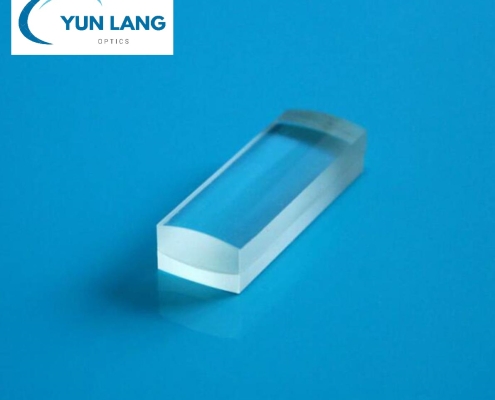
Achromatic Lenses
Consisting of two optical elements cemented together, negative achromats are corrected for color and on-axis aberrations. Used predominantly as Barlow lenses to extend focal lengths, they are often combined with positive achromatic mirror systems and imaging lenses.
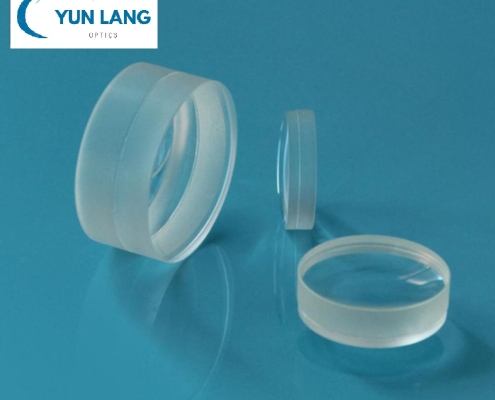
Positive Achromatic Lenses
Achromatic lenses consist of two optical components cemented together to form an achromatic doubled, which is computer optimized to correct for on-axis spherical and chromatic aberrations.
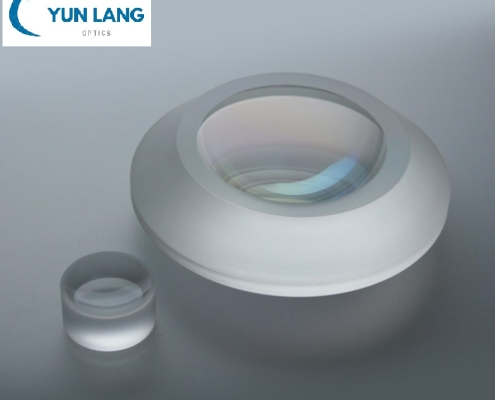
Negative Meniscus Lens
Optical Lenses are optical components designed to focus or diverge light. Optical Lenses, which may consist of a single or multiple elements, are used in a wide variety of applications from microscopy to laser processing.
Yunlang can supply Plano Convex Lens, Double Convex Lens , Plano Concave Lens, Double Concave Lens, Meniscus Lens, Achromatic Lens and aspheric Lens.
Optical glass lenses have a wide variety of applications. Germanium (Ge), Silicon (Si), or Zinc Selenide (ZnSe) lenses are ideal for transmitting the Infrared (IR) spectrum, while Fused Silica is well suited for the Ultraviolet (UV).
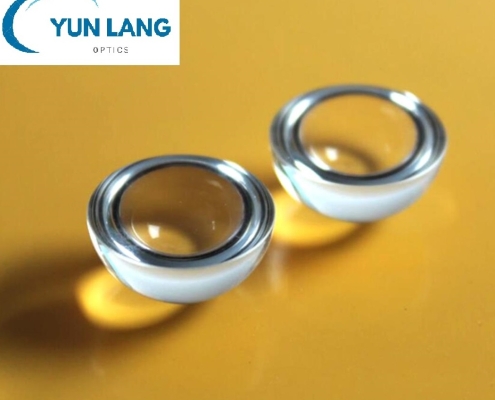
Optical Half-Ball Lens
Ball lenses are commonly used for laser collimating and focusing, laser-to-fiber coupling, fiber-to-fiber coupling, Solar-photovoltaic and fiber-to-detector coupling.
Yunlang can provide spherical ball lenses and half ball lenses in a range of substrates for performance in the ultraviolet to the NIR. Such as including H-K9L(N-BK7), Sapphire, CaF2, BaF2, ZnSe or custom materials upon request.
Ball lenses feature short back focal lengths to minimize the distance needed from the ball Lens to the optical fiber. Ball lenses are commonly used to improve signal quality in fiber coupling applications, or for use in endoscopy or bar code scanning applications.
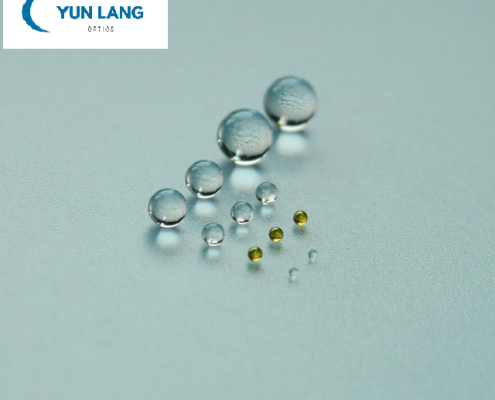
Ball Lens
Ball lenses are commonly used for laser collimating and focusing, laser-to-fiber coupling, fiber-to-fiber coupling, Solar-photovoltaic and fiber-to-detector coupling.
Yunlang can provide spherical ball lenses and half ball lenses in a range of substrates for performance in the ultraviolet to the NIR. Such as including H-K9L(N-BK7), Sapphire, CaF2, BaF2, ZnSe or custom materials upon request.
Ball lenses feature short back focal lengths to minimize the distance needed from the ball Lens to the optical fiber. Ball lenses are commonly used to improve signal quality in fiber coupling applications, or for use in endoscopy or bar code scanning applications.

